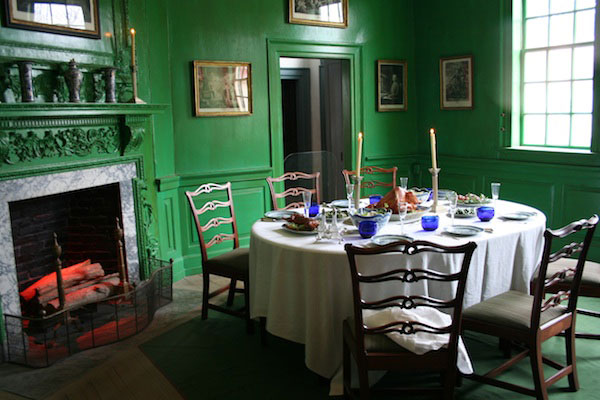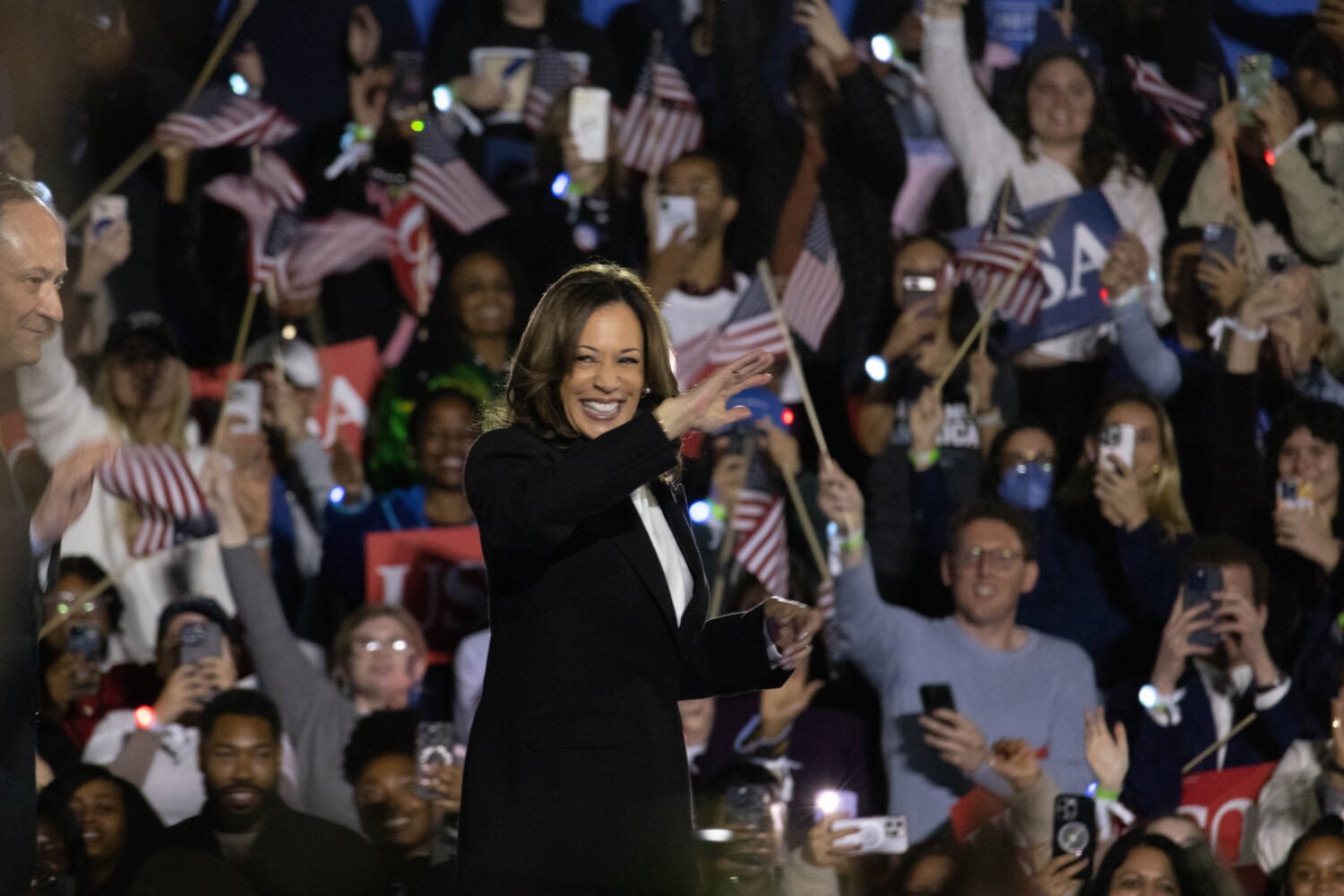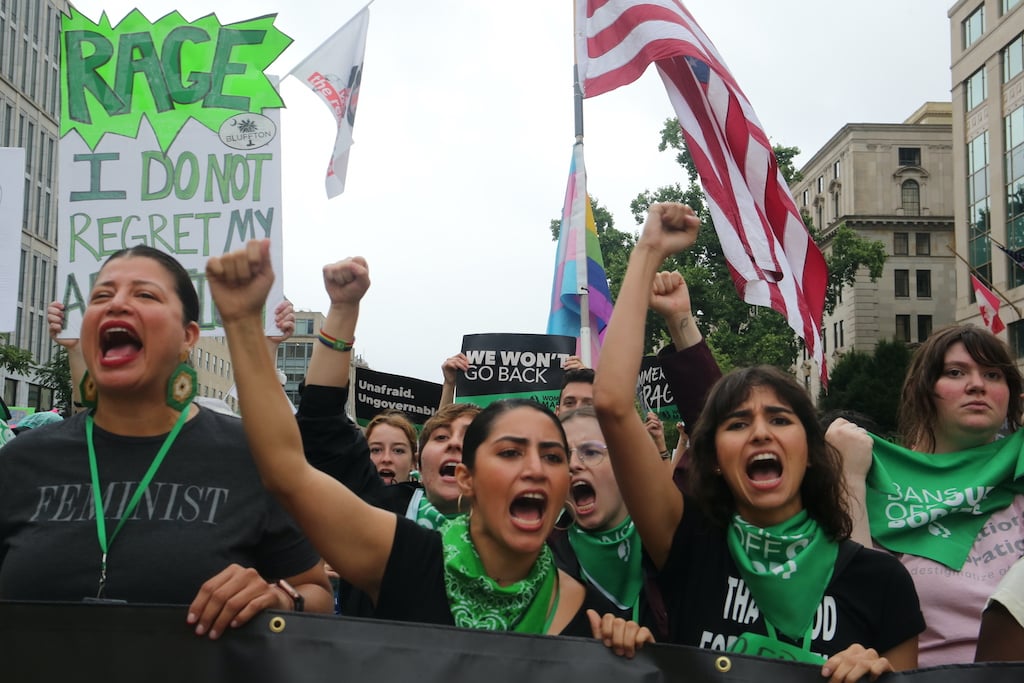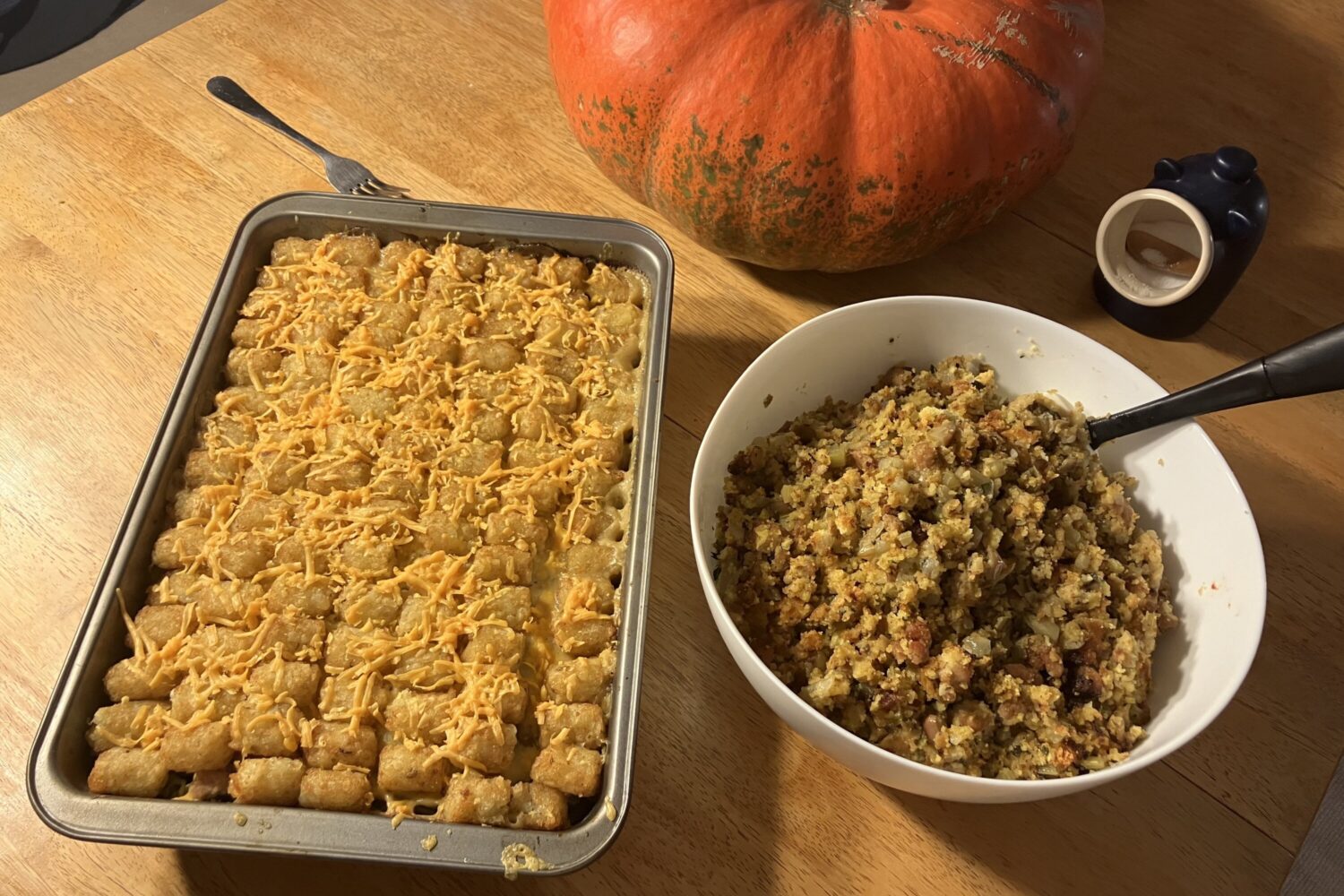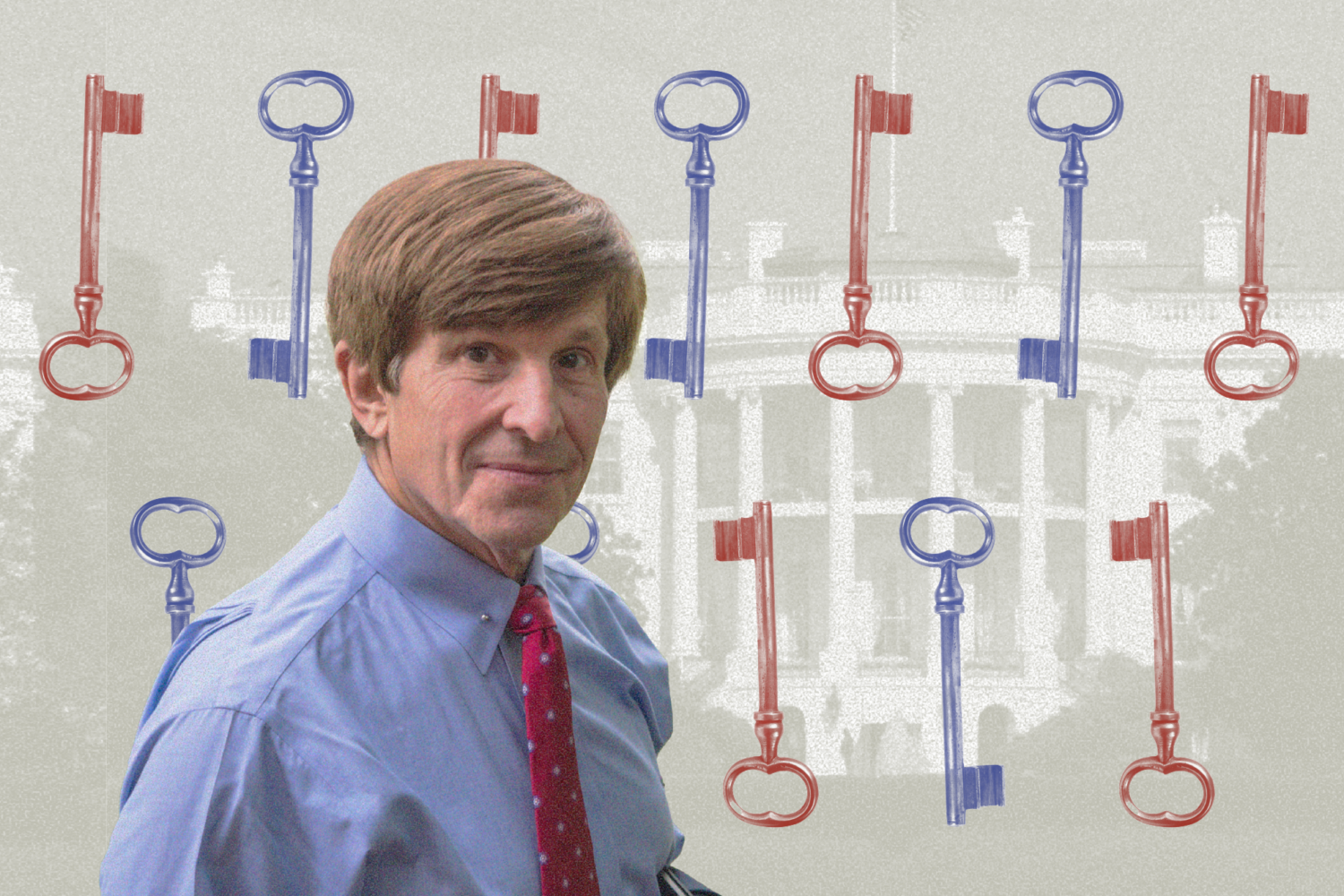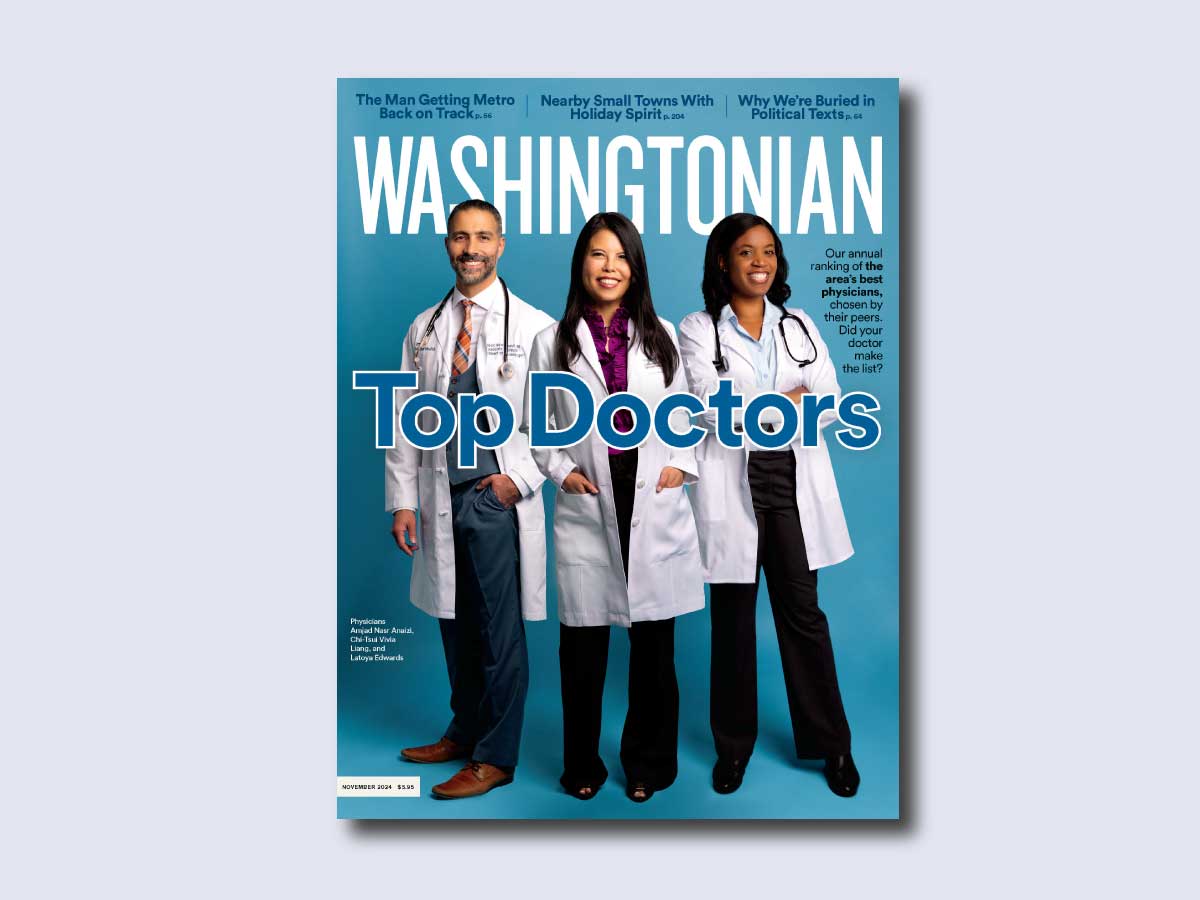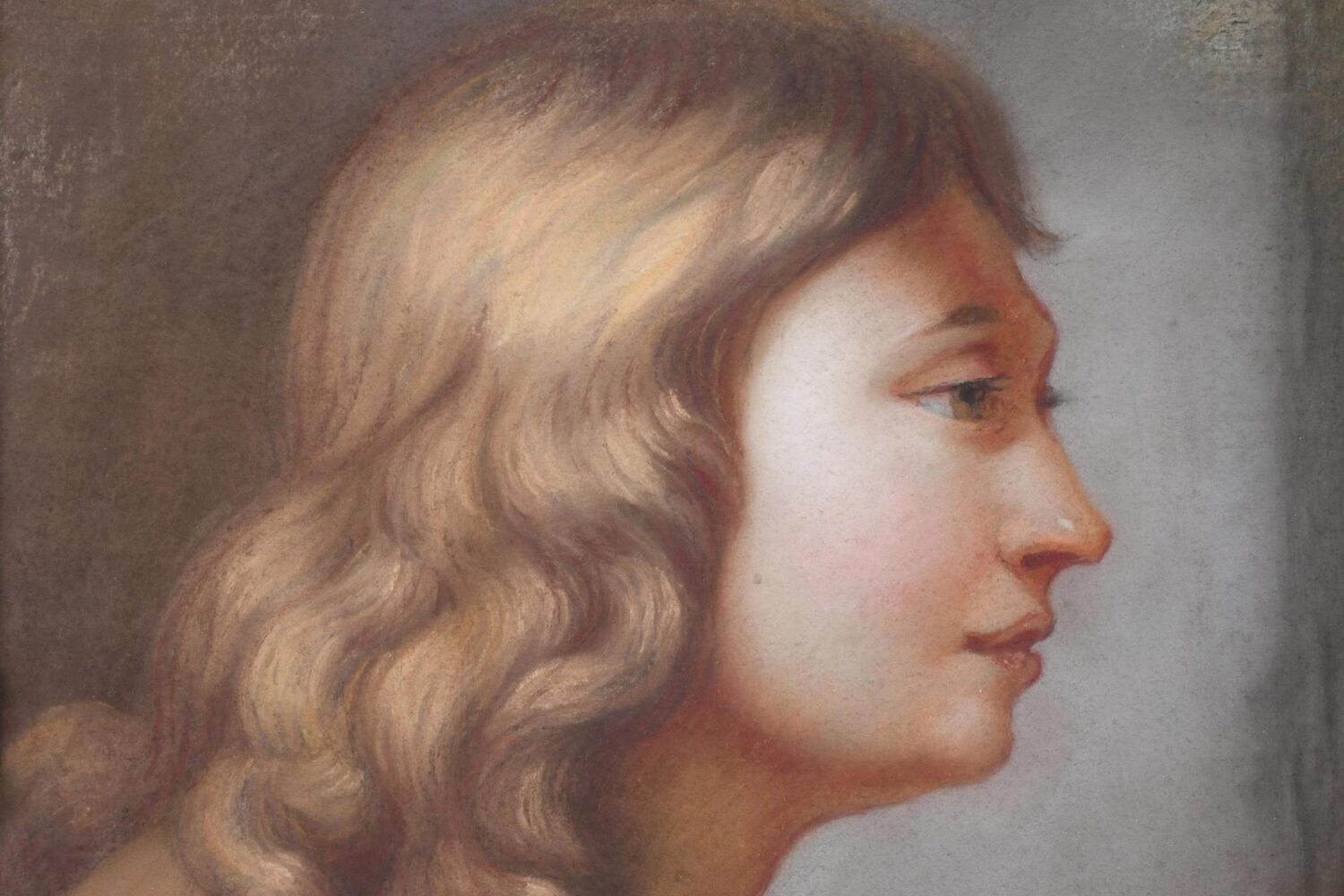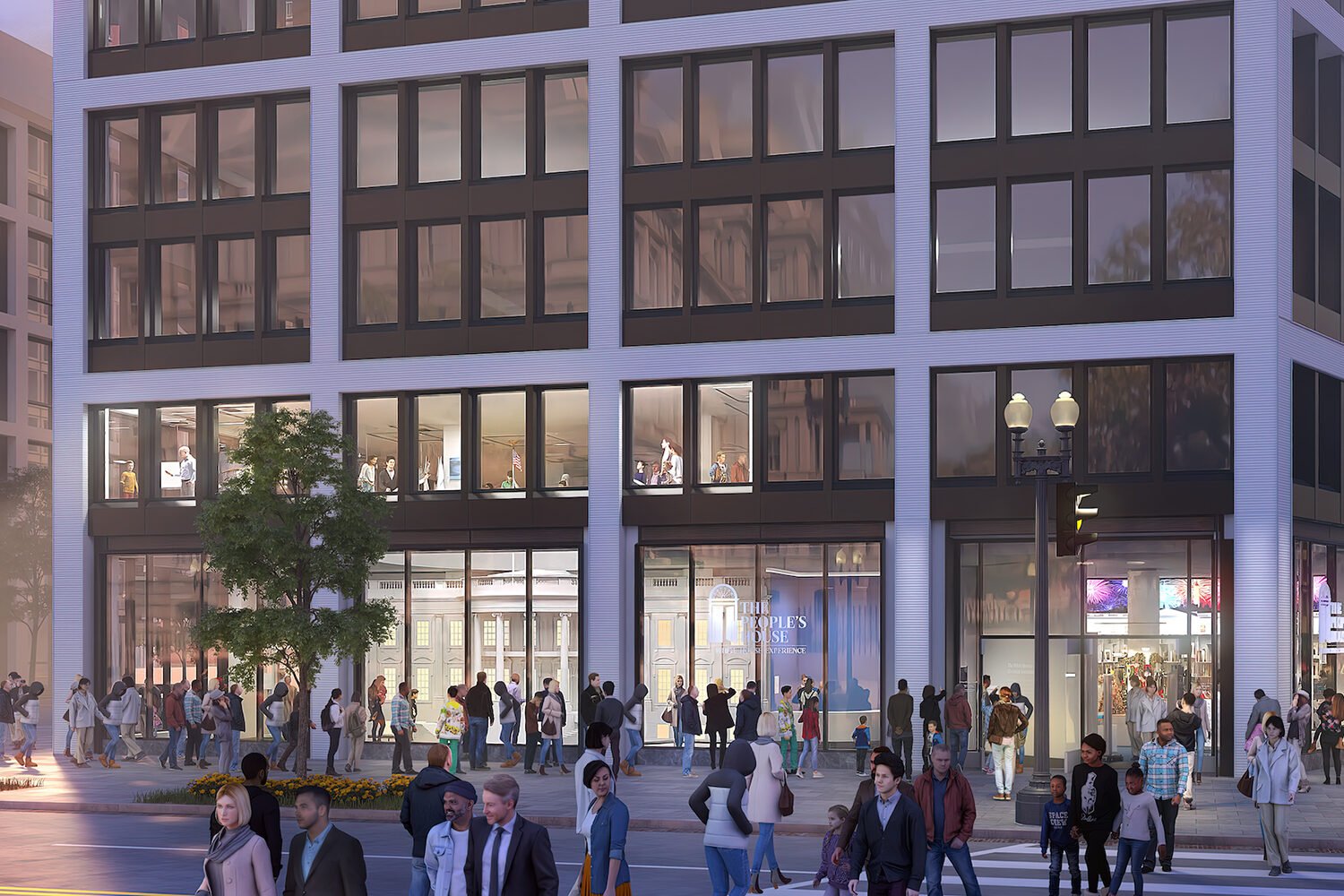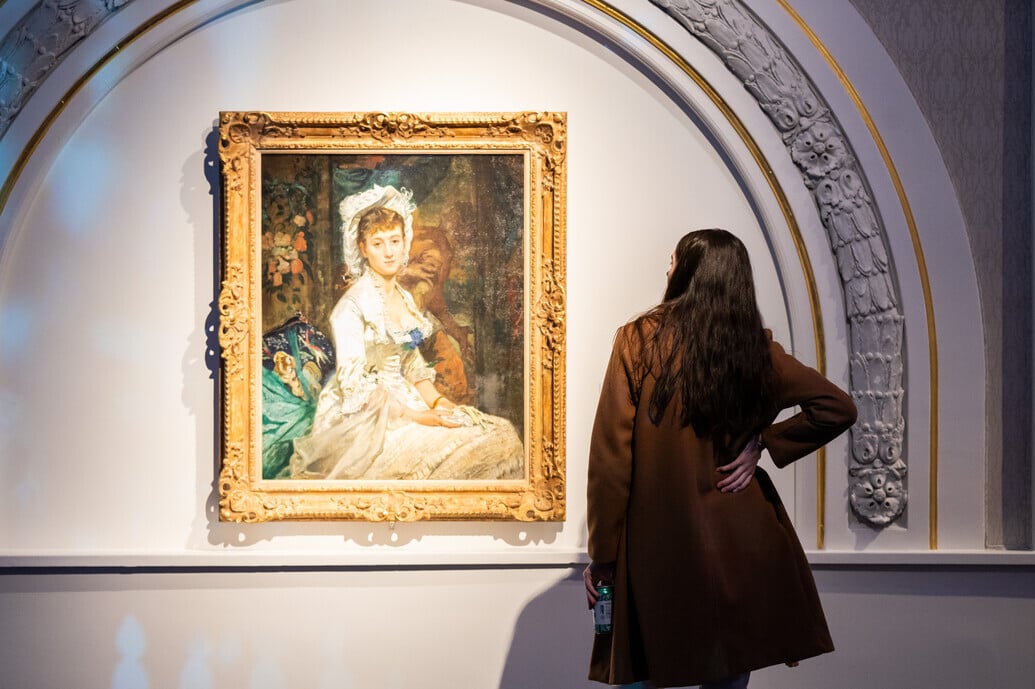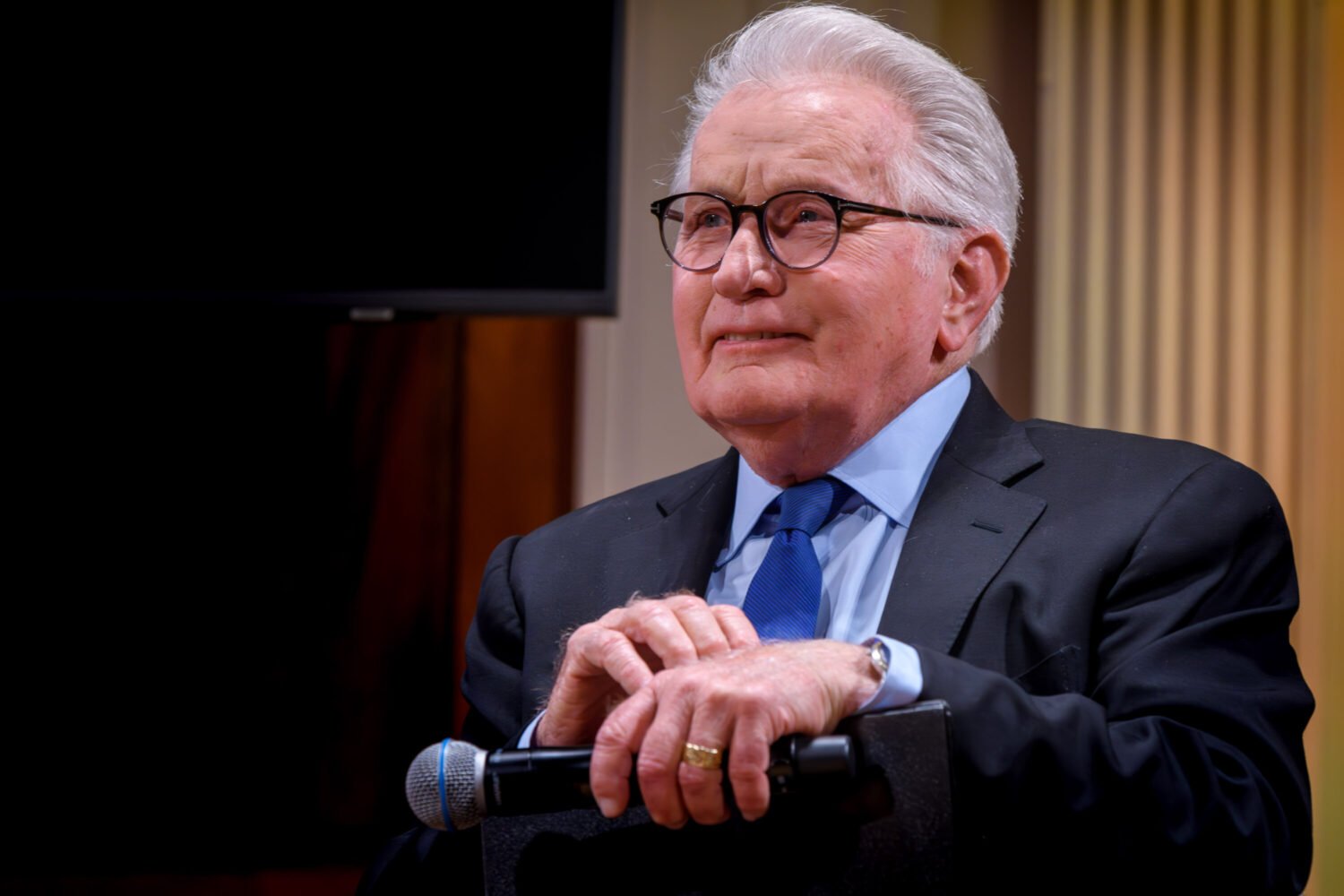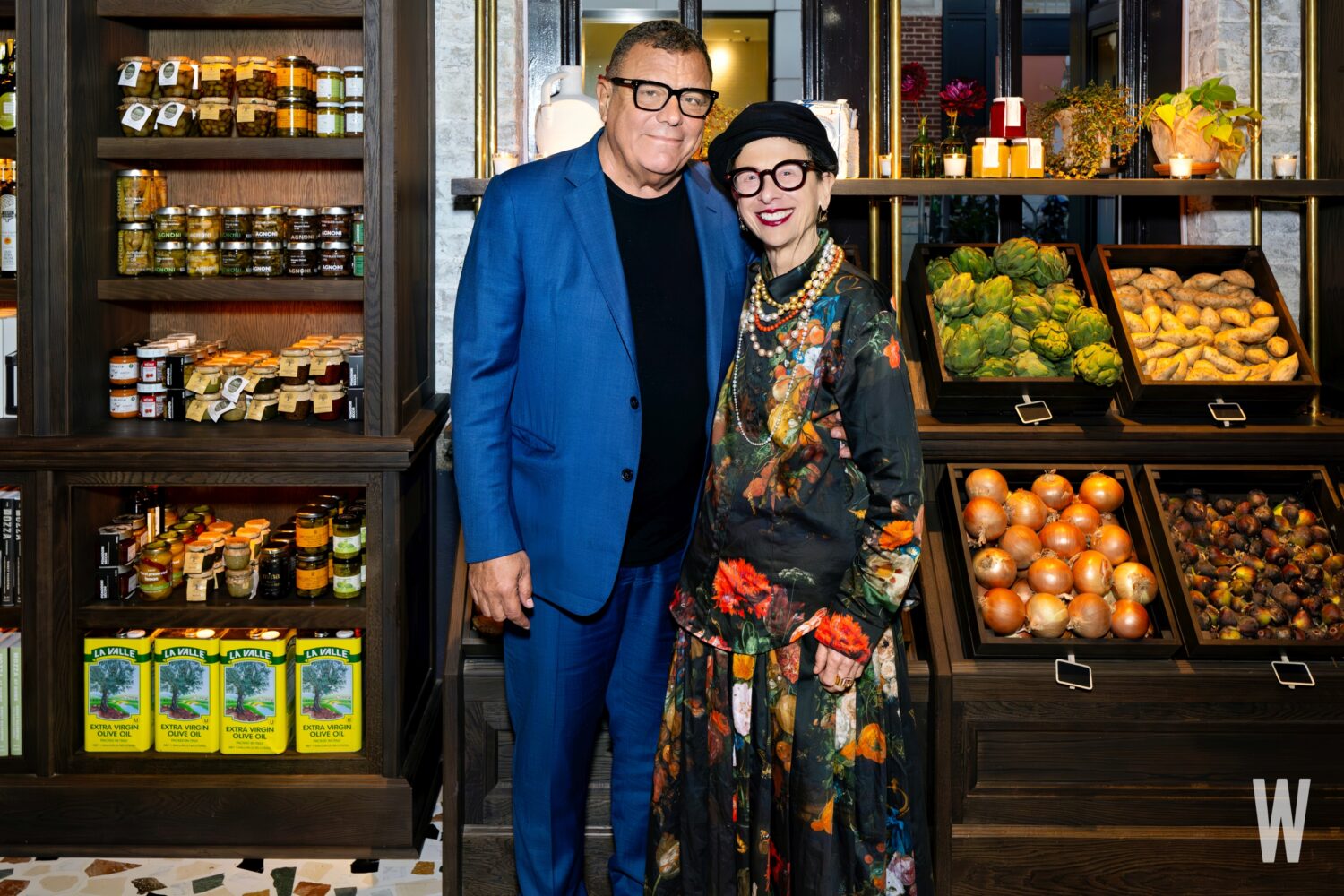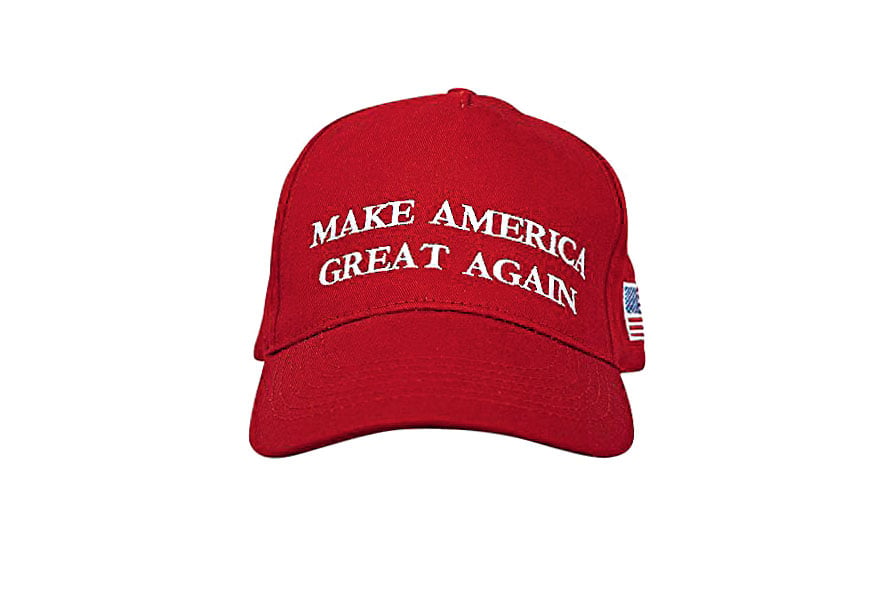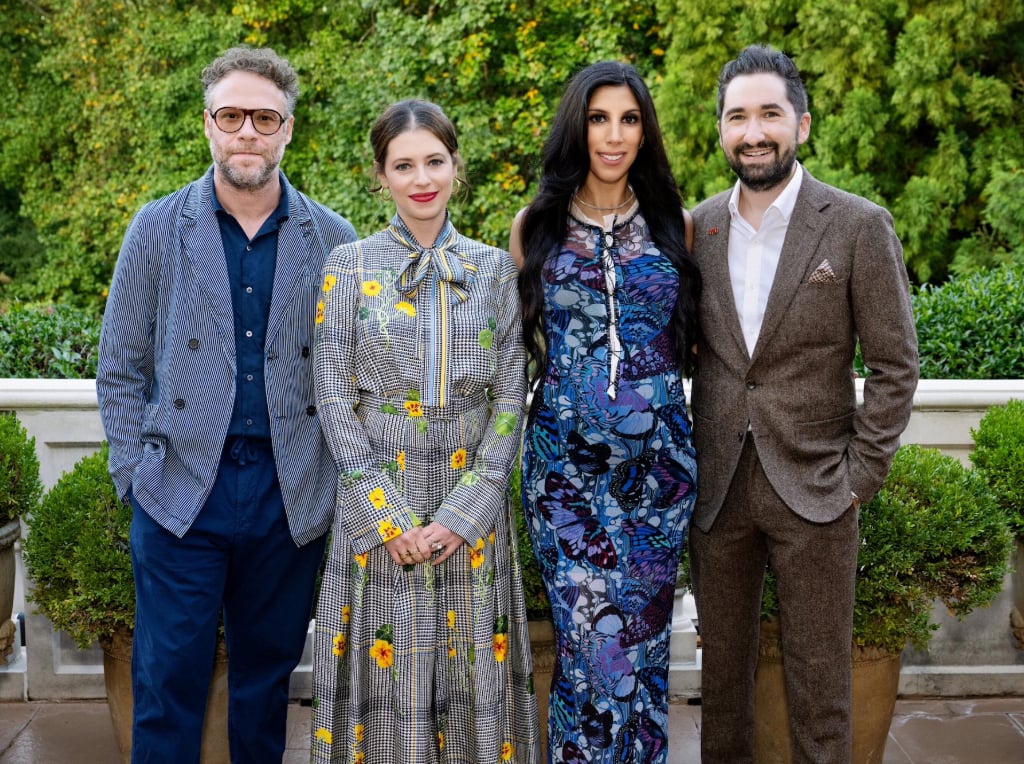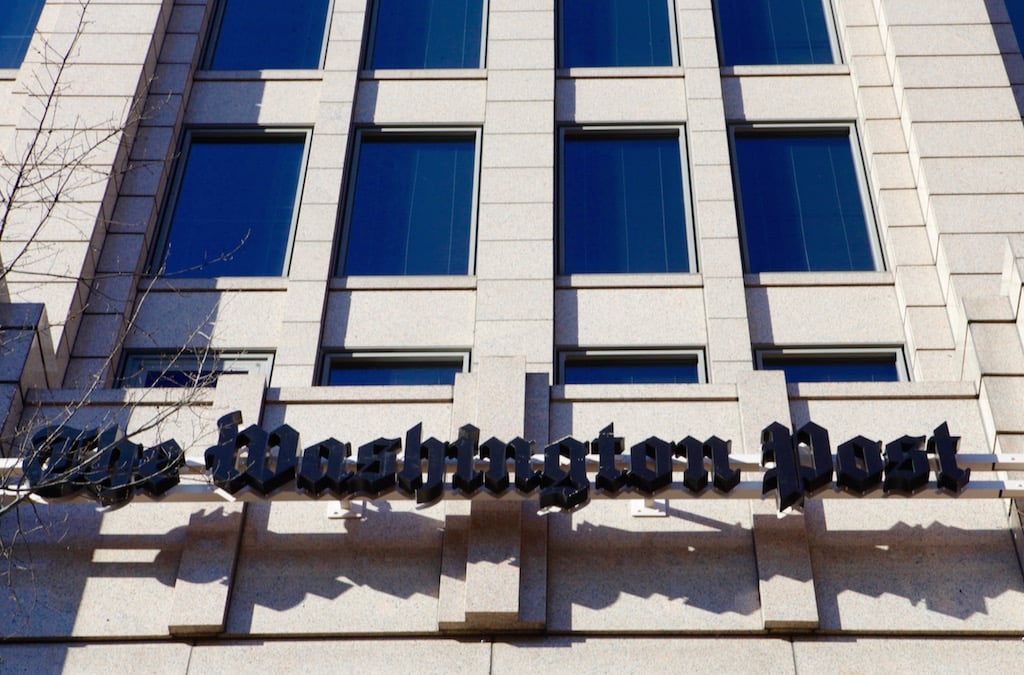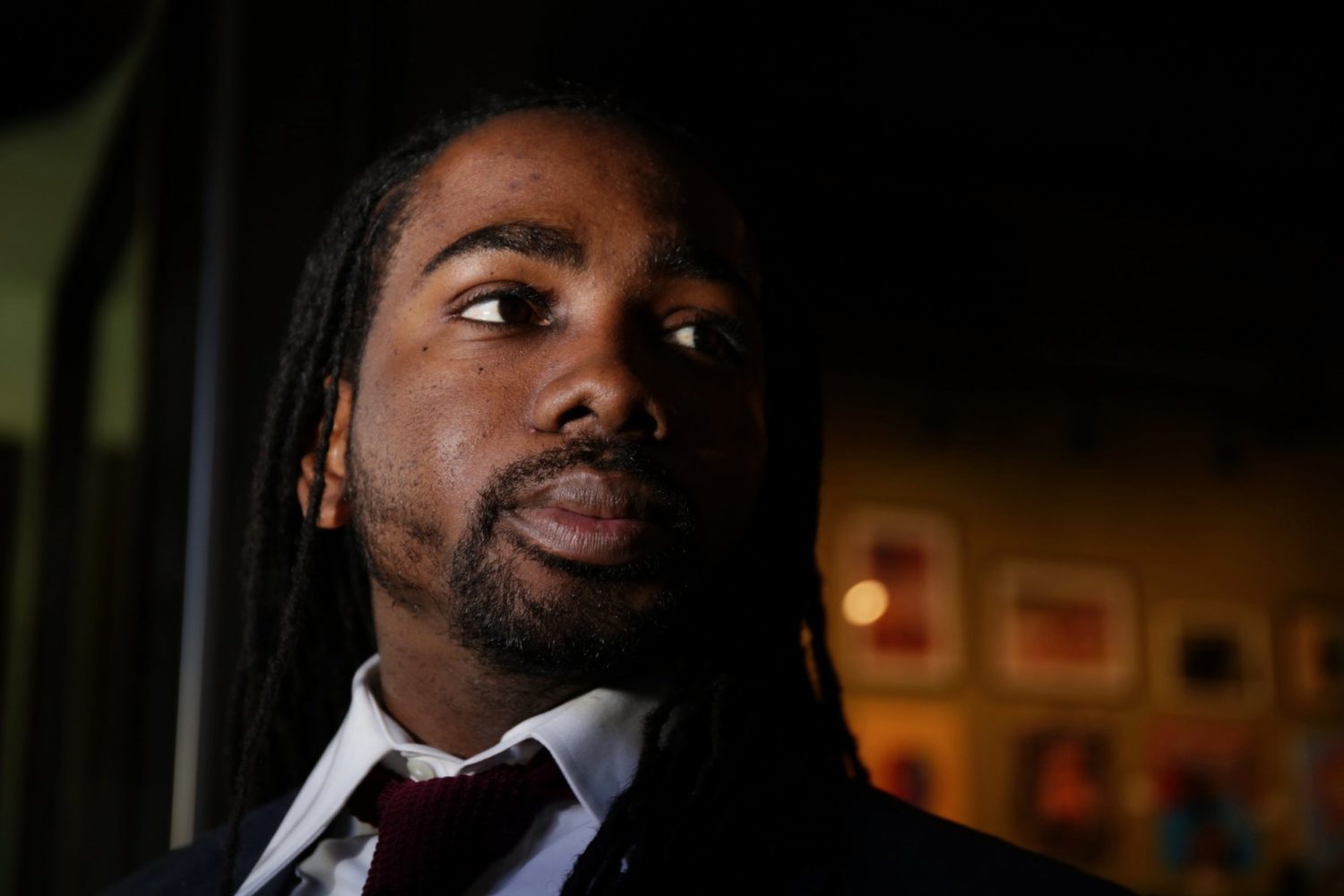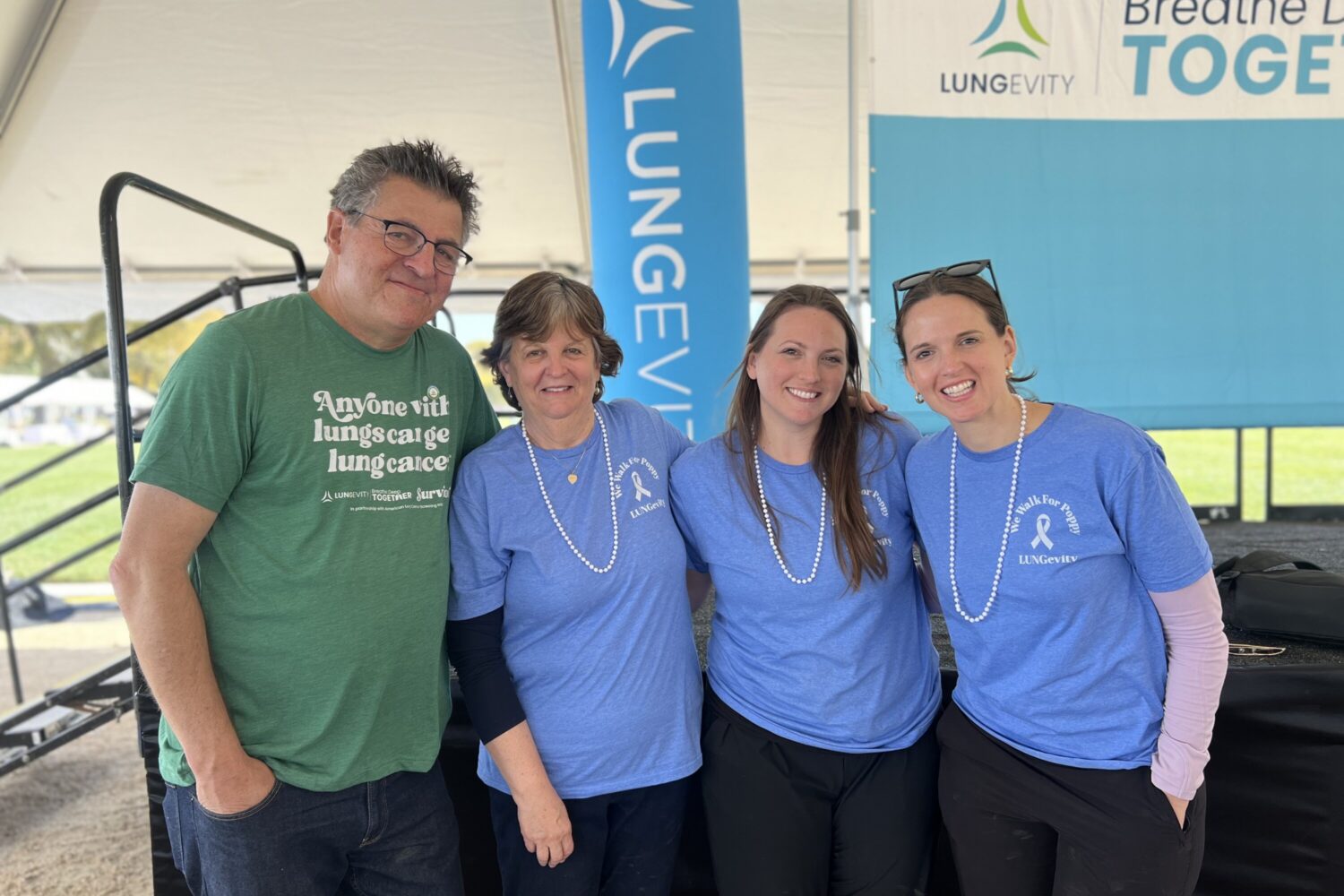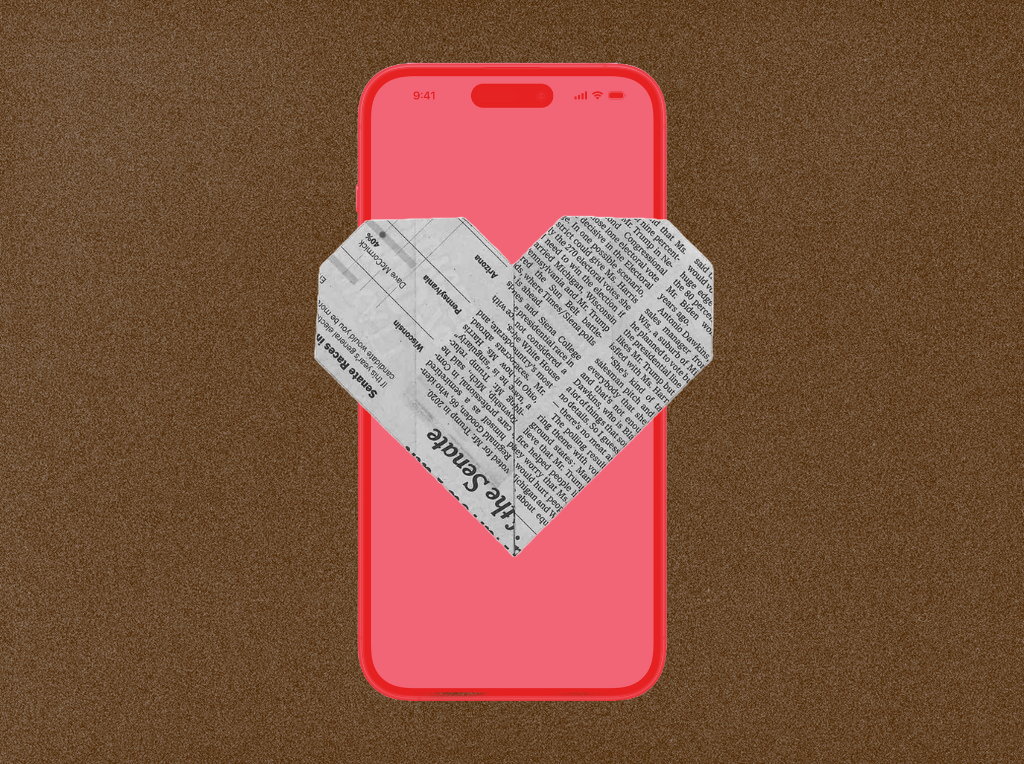The breakfast room at Mount Vernon where George Washington ate his hoecakes. Photograph by Carol Ross Joynt.
First First Lady Martha Washington herself hosted a pre-birthday luncheon for her husband at Mount Vernon on Thursday, which launched a weekend of events to honor President’s Day and served as a preview of a new exhibition at the estate. She sat at the head of the table during the sumptuous six-course meal, which began with Raspberry Shrub made with Moët Champagne. The menu was prepared according to some of her favorite 18th-century recipes, finishing with her own “excellent” cake.
The fact that “Martha” is really historic interpreter Mary Wiseman almost breaks my heart to reveal, because Wiseman did not break character once during almost two hours of luncheon conversation. Wiseman as Martha offers an enchanting glimpse into what life was like in the Washington household. For example, the nation’s first president called his wife “Patsy,” and she called him “my dearest” or sometimes “old man.” Interestingly, though the president owned a distillery (to make ends meet), he did not drink whisky, preferring Madeira instead. Mrs. Washington said Madeira would be served on his birthday.
His birthday itself is another interesting story. George Washington’s actual birthdate is February 11. “But then they went and changed the calendars,” said Martha, “and moved the date by 11 days to February 22. But he deserves two days of honor.” Regardless of the date, this year marks his 280th birthday.
The luncheon menu included Virginia ham and oysters with a sherry cream sauce, West Indies pepperpot soup, sturgeon “scallops” with crabmeat on a bed of roasted root vegetables, a trio of turkey (pot pie, stew, terrine with mushrooms and pecans), and sweet potato and apple casserole. Then came the cake, plus chocolate bourbon pecan tartlets, buttery sugar cookies, spice cookies, and miniature chocolate shortbreads. Yes, all at lunch. (But remember, in George and Martha’s day, this was the main meal—and they didn’t spend the evening plopped on a sofa, watching television.)
While the luncheon was held in a private dining room adjacent to Mount Vernon’s executive offices, I was granted permission to walk up the rainy hill to the home to photograph the dining rooms—the one the Washingtons used for dinner and the one where George would have breakfast, including his beloved “hoecakes.”
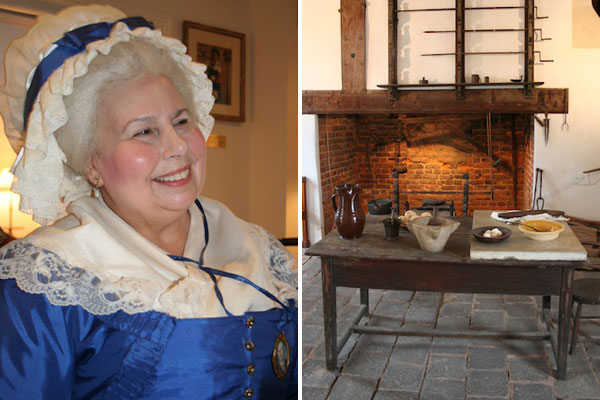
Mary Wiseman as Martha Washington (left). Inside the original kitchen at Mount Vernon, which is in a separate building adjacent to the main house (right). Photographs by Carol Ross Joynt.
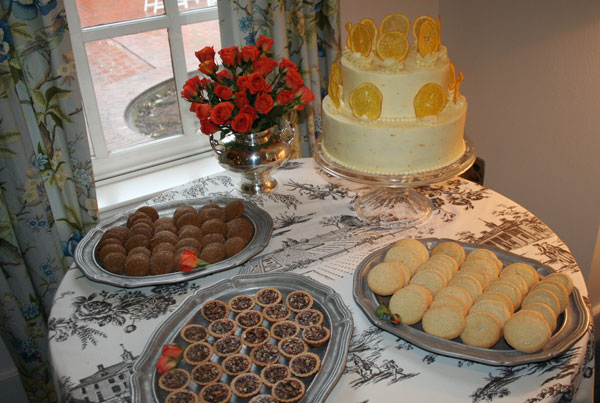
Lunch included chocolate bourbon pecan tartlets, 18th-century spice cookies, Martha Washington’s “excellent” cake, and sugar cookies. Photograph by Carol Ross Joynt.
Which brings us to the new and interesting exhibition at Mount Vernon: “Hoecakes and Hospitality: Cooking with Martha Washington,” a showcase of the Washingtons’ cooking utensils, which opens this Saturday. It’s compact, because there aren’t many utensils left, but the ones that are on display provide a glimpse into the way food was made and served in the 18th century—so different from today, with our running water, our electricity, our freezers and microwaves.
The Washingtons were inventive and imaginative and ahead of the culinary curve. Ice cream, for example, was a delicacy introduced in 1784 at Mount Vernon. George Washington was obsessed with his “ice house” and each winter had the farm workers harvest ice when they could from the frozen Potomac. Ice creams were flavored with fruit from the garden that had been put up for winter.
As for his other favorite delicacy, hoecakes: They were called that because out in the fields, the workers could cook the cornmeal cakes on the large metal blade of the hoes they used. Washington’s were cooked on a griddle in the Mount Vernon kitchen, adjacent to the main house, and were kept warm in a serving plate that had been filled with hot water. They were served to him on Chinese porcelain plates that were warmed in a plate warmer by the fire. The griddle, the porcelain, and the warmers are featured in the exhibition, as is an antique hoe, though it’s not original to Mount Vernon.
I learned from exhibition curator Susan Schoelwer that George Washington loved his hoecakes “swimming in butter and honey,” which, she added, may have contributed to “why his teeth were so bad.” I’ve seen his teeth—or at least his fake teeth—and she’s right.
Schoelwer, understandably, is proud of the exhibition. “We’ve tried to make it experiential,” she said. “The way you come in to the sound of horses hooves, and then the sounds of diners and [the smell of] bread baking in the ovens.”
Other items featured in the exhibition include a dinner bell and a trivet, various pots and pans, a grocery list, the engraving plate and invitation for a presidential dinner at Mount Vernon, and the receipt for beef that Mrs. Washington bought from Alexandria grocer and tavern keeper John Gadsby.
Many of the kitchen items were loaned to Mount Vernon by Tudor Place Mansion in Georgetown, the home of Martha Washington’s granddaughter, Martha Custis Peter, and her husband, Thomas Peter. Then, as now, the grandparents’ kitchen gear got passed down generation to generation, but fortunately the Peters held on to them.
Aside from the history, of special interest to visitors will be the takeaway recipe cards that fill boxes throughout the exhibition. There’s one for “cherry bounce,” a brandy-based drink; “ragoo of asparagus” with onions and endive; “great cake,” which typically was served at the Christmas holidays; and, of course, hoecakes.
The exhibition runs through August 2013. It opens this Saturday at 9 AM with a “hoecake cook-off” featuring a variety of area chefs. There will be a book signing by chef Walter Staib of Philadelphia’s City Tavern (who prepared today’s luncheon with assistance from sous chef Jeff Housington and pastry chef Diana Wolkow), a “surprise” public birthday party in the early afternoon, and a private birthday party Saturday evening. There are more public birthday events on Sunday. On Monday, the holiday, admission is free for everyone. Mount Vernon expects more than 10,000 visitors on that day.
For more information, visit Mount Vernon’s website.

